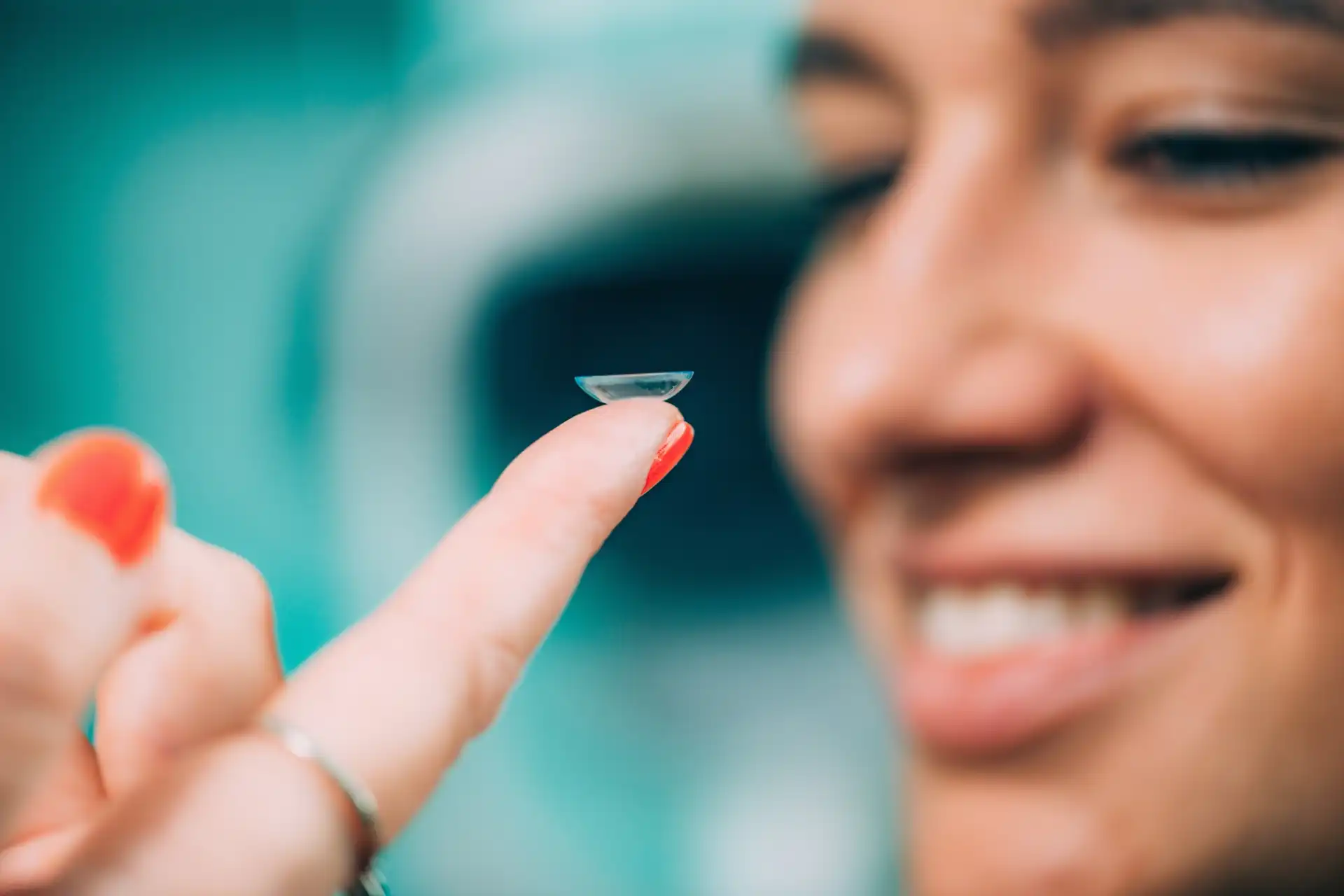If your eyes get red, itchy, watery, or swollen—especially during certain seasons—you’re likely experiencing eye allergies and treatment. Also known as allergic conjunctivitis, this common condition affects millions of people and can make everyday life uncomfortable.
In this article, we’ll explain how allergies affect your eyes, how to recognize the symptoms, and explore eye allergies and treatment options that actually work.
What Are Eye Allergies?
Eye allergies occur when your immune system overreacts to allergens—substances that are normally harmless but cause a reaction in sensitive individuals.
Common allergens that trigger eye reactions include:
- Pollen (trees, grass, weeds)
- Dust mites
- Pet dander
- Mold
- Smoke
- Airborne irritants like perfumes or cleaning products
When allergens come into contact with the eyes, the body releases histamines, which cause inflammation, redness, and irritation.
Symptoms of Eye Allergies
Eye allergy symptoms can vary, but the most common include:
- 👁️ Itchy eyes
- 👁️ Redness or bloodshot eyes
- 👁️ Watery or teary eyes
- 👁️ Puffy or swollen eyelids
- 👁️ Burning or stinging sensation
- 👁️ Sensitivity to light
- 👁️ A gritty feeling (like something is in your eye)
💡 Note: Eye allergies are not contagious—but they can occur alongside nasal allergies or other seasonal symptoms.
How Are Eye Allergies Different from Other Eye Conditions?
Not all red or itchy eyes are caused by allergies. Infections like conjunctivitis (pink eye) or dry eye syndrome can cause similar symptoms.
🧑⚕️ That’s why it’s important to get a proper diagnosis. An eye doctor can determine whether your symptoms are caused by allergies or something more serious.
Eye Allergy Triggers by Season
| Season | Common Triggers |
|---|---|
| Spring | Tree pollen |
| Summer | Grass pollen |
| Fall | Ragweed and outdoor mold |
| Winter | Indoor allergens (dust, pets) |
If your symptoms get worse during specific months or in certain environments, chances are they’re linked to seasonal or indoor allergens.
Eye Allergies and Treatment Options
👓 1. Avoid Allergen Exposure
Whenever possible, minimize contact with triggers:
- Keep windows closed during high pollen seasons
- Use an air purifier indoors
- Wash hands after petting animals
- Change clothes and shower after being outdoors
- Use dust-mite-proof bedding
💧 2. Use Artificial Tears
Lubricating eye drops help flush allergens from the eyes and relieve dryness or irritation.
Tip: Choose preservative-free versions if using frequently.
💊 3. Try Over-the-Counter Antihistamine Drops
These can reduce itching and redness by blocking histamine response.
Popular options:
- Ketotifen
- Olopatadine (Patanol)
- Naphazoline (for short-term redness relief)
🧴 4. Cold Compresses
Apply a cool, damp washcloth over your closed eyes to relieve itching and swelling.
💉 5. Prescription Treatments
If symptoms are severe or persistent, your eye doctor may recommend:
- Prescription-strength antihistamine or steroid drops
- Mast cell stabilizers
- Oral allergy medications
- Allergy testing or immunotherapy
📅 Schedule an eye exam to discuss treatment options tailored to your specific triggers and lifestyle.
Can Contact Lenses Make Allergies Worse?
Yes. Allergens can stick to your lenses, worsening irritation. If you wear contacts and suffer from allergies:
- Switch to daily disposable lenses
- Use lens-safe rewetting drops
- Consider wearing glasses during peak allergy season
Final Thoughts
Eye allergies can be frustrating—but they’re manageable with the right care. From simple at-home remedies to prescription treatments, there are many effective ways to reduce symptoms and prevent flare-ups.
👁️ Don’t let itchy, red, watery eyes take over your day. Bridge Mill Eye Care is here to help you find lasting relief.





